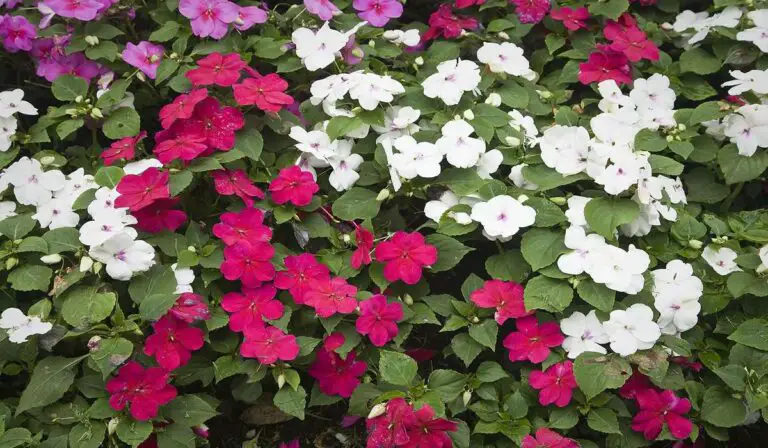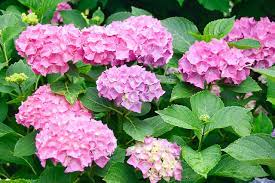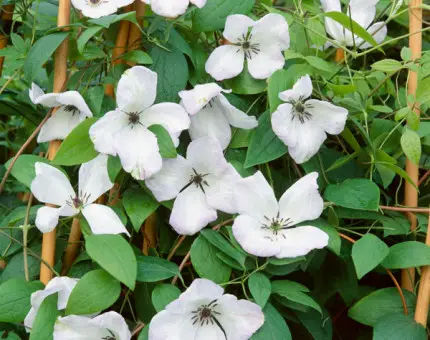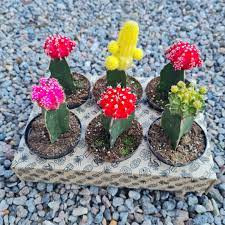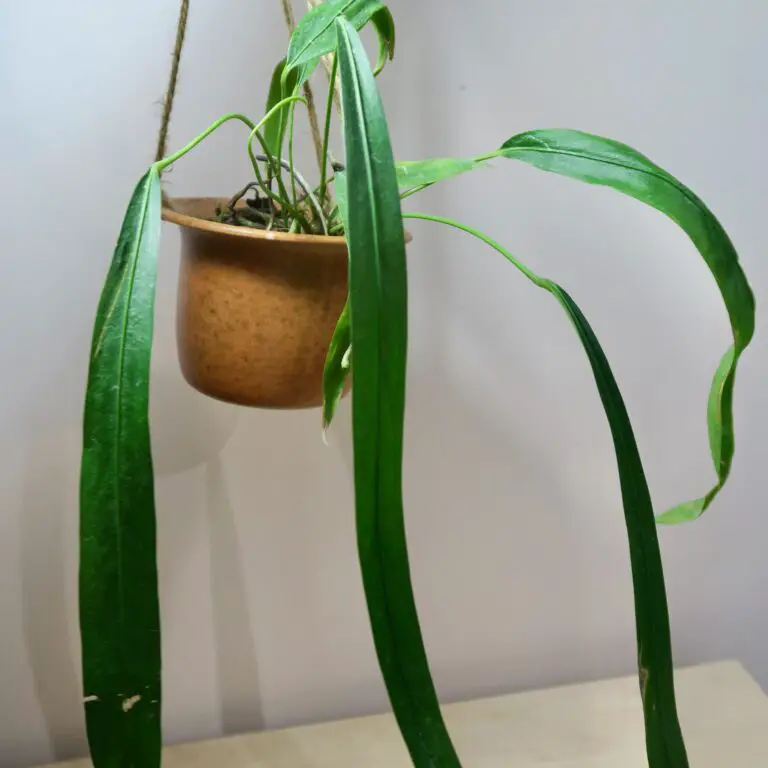Introduction:
What is Scented Geranium Concolor Lace?
Scented geranium Concolor Lace, also known as Shottesham Pet, is a popular cultivar of scented geranium that is prized for its attractive foliage and fragrant flowers. It is a compact, bushy plant with medium green leaves that are deeply cut and edged with lace. The leaves have a spicy, nutty fragrance when brushed against. From late spring to fall, Concolor Lace produces clusters of small, cherry-pink flowers.
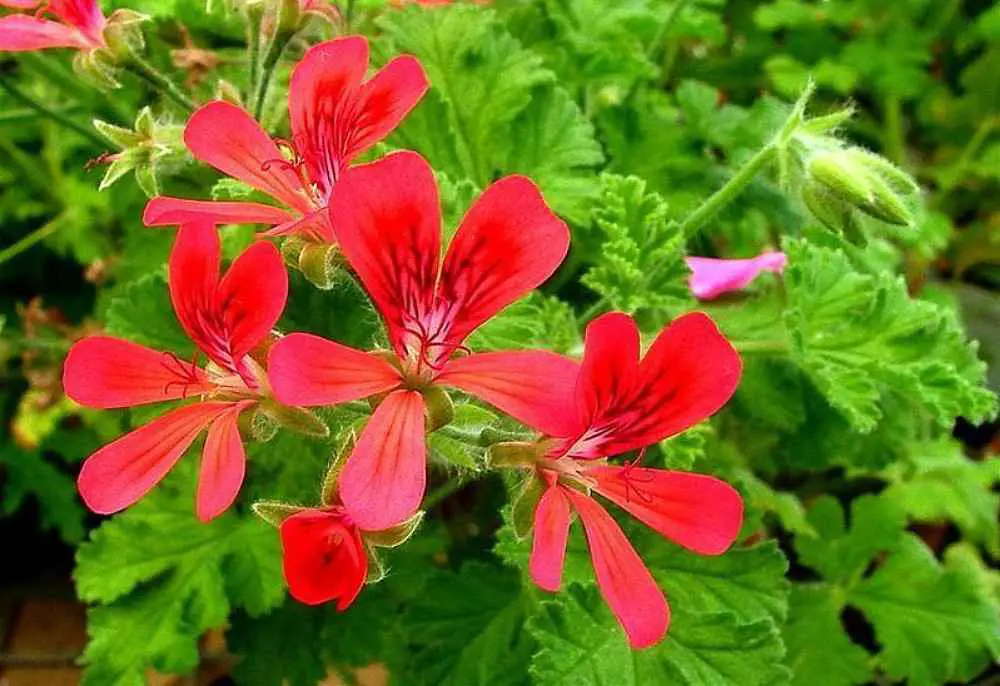
How to Grow Scented Geranium Concolor Lace
Scented geranium Concolor Lace is a relatively easy plant to grow. It prefers full sun or light shade and well-drained soil. Water regularly during the growing season, but be careful not to overwater, as this can lead to root rot. Concolor Lace is drought tolerant once established.
To grow Scented Geranium Concolor Lace from seed
- Sow the seeds indoors 6-8 weeks before the last frost.
- Sow the seeds 1/4 inch deep in moist, well-drained seed starting mix.
- Keep the seeds warm and moist until they germinate.
- Once the seedlings have two sets of true leaves, transplant them into individual pots.
- Harden off the seedlings gradually before planting them outdoors.
To grow Scented Geranium Concolor Lace from cuttings
- Take a 4-6 inch cutting from a healthy plant.
- Remove the bottom leaves from the cutting.
- Dip the cut end of the cutting in rooting hormone (optional).
- Plant the cutting in a pot filled with moist, well-drained potting mix.
- Keep the cutting warm and moist until it roots.
- Once the cutting is rooted, transplant it into a larger pot or into the ground.
Click here for more fragrant plants
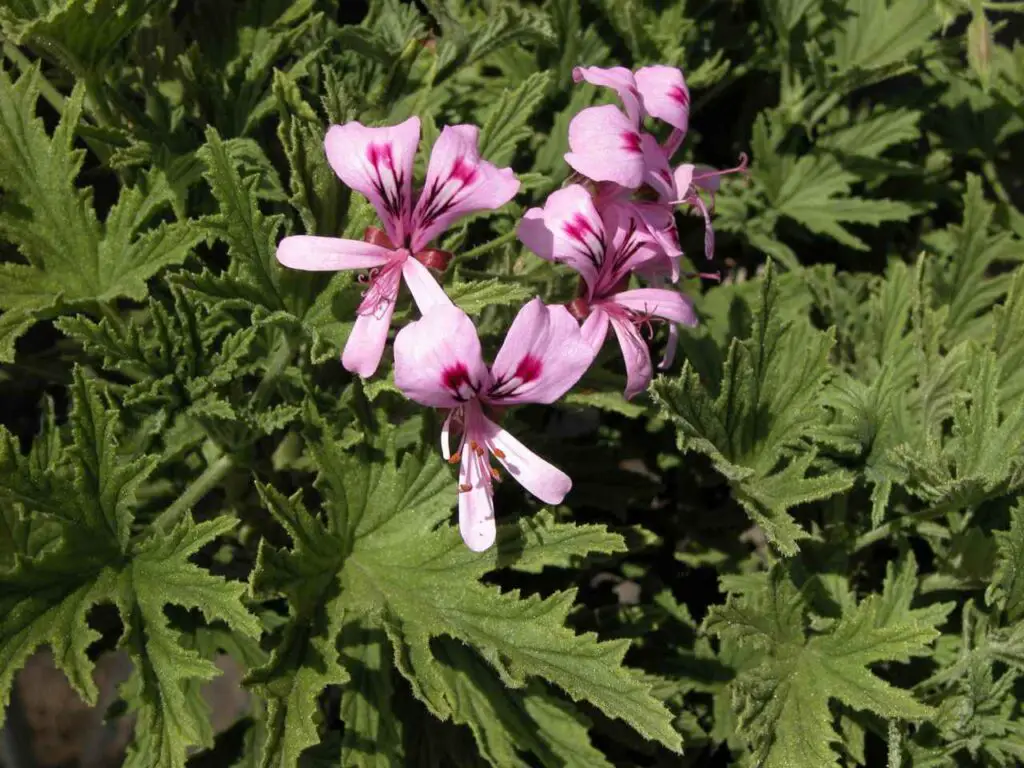
Tips for growing scented geranium Concolor Lace indoors:
- Choose a sunny spot for your plant. A south- or west-facing window is ideal.
- Use a well-draining potting mix.
- Water your plant regularly, but be careful not to overwater. Allow the soil to dry out slightly between waterings.
- Fertilize your plant every few weeks during the growing season with a balanced fertilizer.
- Pinch back the stems regularly to encourage new growth and bushier plants.
- Deadhead spent flowers to promote blooming.
If you live in a cold climate, you may need to protect your plant from frost during the winter. You can do this by moving it to a cooler location or by covering it with a frost cloth.
Here are some additional tips for growing scented geranium Concolor Lace indoors:
- Make sure the pot has drainage holes.
- Choose a pot that is large enough to accommodate the plant’s root system.
- Repot your plant every year or two, or when it outgrows its pot.
- Keep the plant away from drafts and heat sources.
- Regularly inspect your plant for pests and diseases.
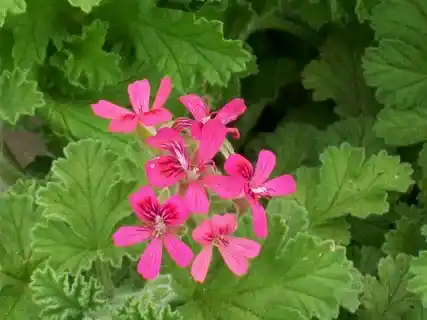
Caring for Scented Geranium Concolor Lace
Scented geranium Concolor Lace is a relatively low-maintenance plant. Here are a few tips for caring for your plant:
- Water regularly during the growing season, but be careful not to overwater.
- Fertilize your plant every few weeks during the growing season with a balanced fertilizer.
- Pinch back the stems regularly to encourage new growth and bushier plants.
- Deadhead spent flowers to promote blooming.
- Protect your plant from frost if you live in a cold climate.
Uses for Scented Geranium Concolor Lace
Scented geranium Concolor Lace is a versatile plant that can be used in a variety of ways. Here are a few ideas:
- Ornamental plant: Concolor Lace is a beautiful plant that can be used to add interest and fragrance to your garden. It can be planted in containers, raised beds, or in the ground.
- Cut flower: Concolor Lace flowers can be used to make fresh or dried arrangements.
- Fragrant foliage: The leaves of Concolor Lace have a spicy, nutty fragrance when brushed against. You can use the leaves to add fragrance to your home or to make potpourri.
- Culinary herb: The leaves of Concolor Lace can be used in cooking. They can be added to salads, soups, and stews.
Pests and Diseases
Scented geranium Concolor Lace is generally resistant to pests and diseases. However, it is important to inspect your plant regularly for any signs of problems. Some common pests that can affect scented geraniums include whiteflies, spider mites, and aphids. Some common diseases that can affect scented geraniums include root rot and powdery mildew.
If you find any pests or diseases on your plant, treat them immediately with an appropriate insecticide or fungicide.
Harvesting Scented Geranium Concolor Lace
To harvest the leaves of scented geranium Concolor Lace, simply snip them off the plant. You can harvest the leaves at any time of year, but they are most fragrant in the summer.
To harvest the flowers of scented geranium Concolor Lace, cut the stems just below the flower cluster. You can harvest the flowers in the summer and fall.
Storing Scented Geranium Concolor Lace
To store the leaves of scented geranium Concolor Lace, dry them whole or chop them up. You can dry the leaves in a food dehydrator or in a warm, airy place. Once the leaves are dry, store them in an airtight container in a cool, dark place.
To store the flowers of scented geranium Concolor Lace, hang them upside down in a warm, airy place. Once the flowers are dry, remove the petals and store them in an airtight container in a cool, dark place.
Conclusion
Scented geranium Concolor Lace is a beautiful and versatile plant that is easy to grow and care for. It is prized for its attractive foliage, fragrant flowers, and resistance to pests and diseases. Concolor Lace can be used in a variety of ways, including as an ornamental plant, cut flower, fragrant foliage, and culinary herb.
Here is a table that summarizes the key information about scented geranium Concolor Lace:
| Characteristic | Information |
|---|---|
| Latin name | Pelargonium x concolor |
| Common name | Scented geranium Concolor Lace, Shottesham Pet |
| Plant type | Tender perennial |
| Height | 18-24 inches |
| Spread | 18-24 inches |
| Flower color | Cherry-pink |
| Bloom time | Late spring to fall |
| Foliage color | Medium green, deeply cut and edged with lace |
| Fragrance | Spicy, nutty |
| Sun exposure | Full sun or light shade |
| Soil | Well-drained |
| Water needs | Regular during the growing season, but be careful not to overwater |
| Fertilizer | Balanced fertilizer every few weeks during the growing season |
| Uses | Ornamental plant, cut flower, fragrant foliage, culinary herb |
| Pests and diseases | Generally resistant to pests and diseases, but can be affected by whiteflies, spider mites, aphids, root rot, and powdery mildew |
| Harvesting | Harvest leaves at any time of year, but they are most fragrant in the summer. Harvest flowers in the summer and fall. |
| Storing | Dry leaves whole or chopped up and store in an airtight container in a cool, dark place. Hang flowers upside down in a warm, airy place to dry. Once dry, remove the petals and store in an airtight container in a cool, dark place. |


